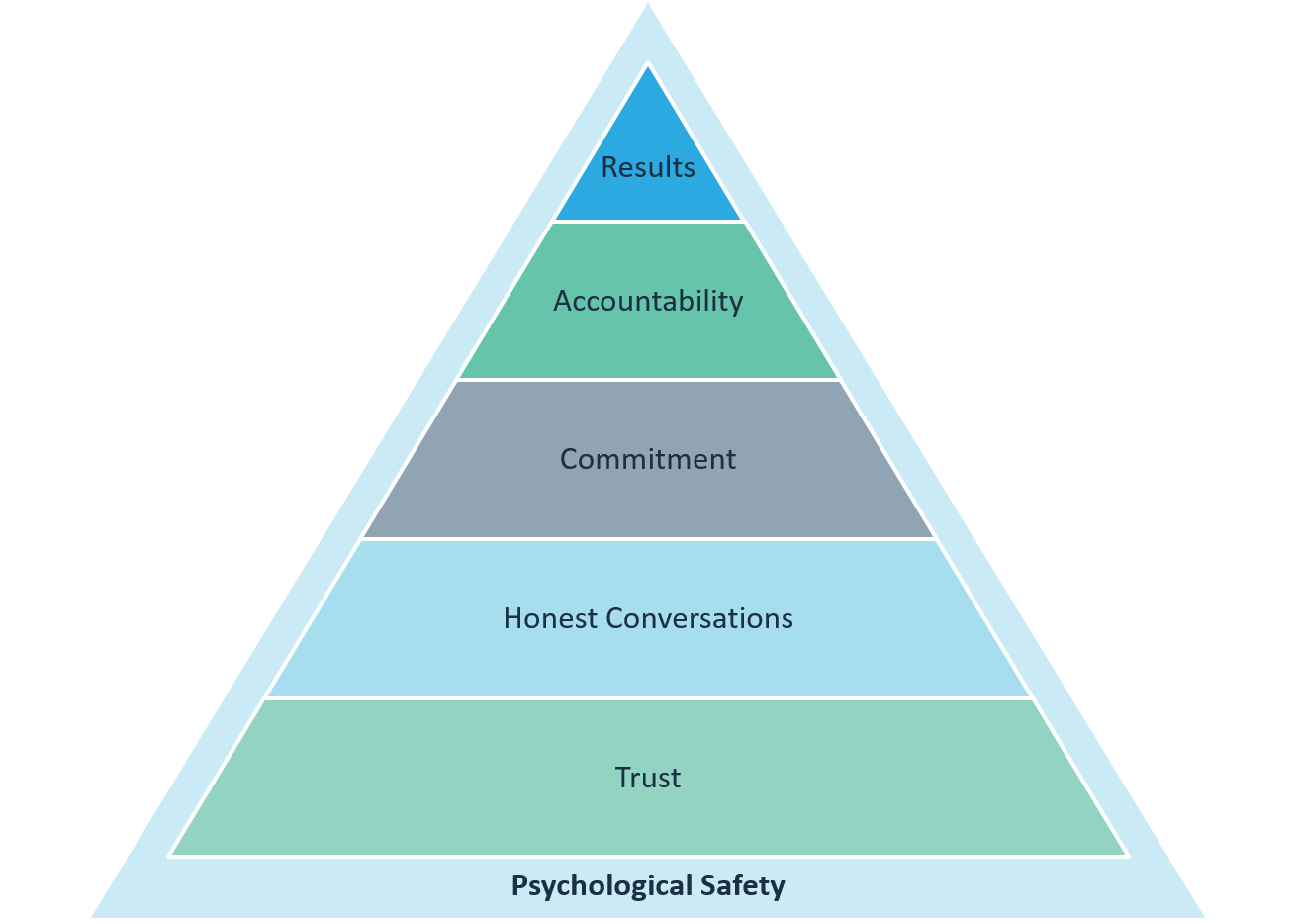
Does cognitive diversity kill team cohesion?
Is it better to work with like-minded people or to have a team that challenges one another? In one, we feel understood and excited by the instant comradery of working with people who ‘think like us’, but in the other, we’re encouraged to broaden our perspective and open ourselves up to growth.
Advocates of the latter speak of the benefits of cognitive diversity (the unobservable diversity in the way we think) and embracing individual differences. Behavioural scientists have known for long time that diverse teams have the advantage. Teams who think in the same way will be blind to some opportunities, risk groupthink and lose out on the many advantages of diversity of thought1.
With these advantages, it is easy to see why leaders are eager to build more diversity into their teams. Yet, when it comes to hiring, they may also fear introducing new members who won’t ‘slot in’ to the team.
Does cognitive diversity come at the cost of cohesion?
For many organisations today, team profiling workshops are a critical aspect to their culture and people development strategy. It has become common practice to profile team members, highlight the profile’s strengths and weaknesses and – most importantly – discuss where opposing profiles gel or clash.
This approach to executive leadership development is popular for a good reason. If you’ve been privy to a suitable, well-designed team profiling workshop, you know firsthand how eye-opening the experience is. Yet, it doesn’t take long before the glow wears off. Instead of putting strengths together in combination, you find yourself frustrated again by your colleagues’ big empty ideas or incessant focus on detail. When we have different thinking styles but a lack of true collaboration, then inevitably someone will say, “I can’t work with them. We’re just too different”. Now we have a problem of cohesion again.
The truth is, likemindedness is only a short cut to cohesion. It’s the quick and dirty way to create a team that is bonded. But it is not the only way to achieve cohesion, and what appears as ‘working together’ can be groupthink under the surface.
When you learn what team cohesion is really built on, then you can leverage the benefit of both diversity of thought and togetherness.
What then makes for a cohesive team?
The good news is, you don’t need to have interpersonal similarity to create team cohesion. Diversity of thought within a team can be a powerful driver for innovation and performance when applied to a team who can manage their differences well2.
There is a lot to know about how to build cohesive teams, but here are the five basic building blocks from the Lencioni model:
1. Trust:
Trust forms the base of the Lencioni model (see image) because it underpins everything else. Teams who trust each other will feel safe to be vulnerable, which is the starting point for innovation.
2. Honest conversations:
This is a team that can debate ideas and where speaking up about differences and conflicts is encouraged.
3. Commitment:
Commitment naturally follows honest conversations – we cannot commit to ideas we don’t understand.
4. Accountability:
When we have honesty and shared commitment, we will naturally hold each other accountable.
5. Results:
Results will naturally follow from trust, honest conversations, commitment and accountability.
What the Lencioni model shows us is that skilful leaders reap the benefits of both diversity and cohesion because they foster the conditions where individual difference is not just accepted but leveraged. We don’t need to think the same to feel a sense of trust and connection with our team. This is leadership skill to build trust between team members and transform this into a culture, or belief, that in our team we are psychologically safe to speak up, challenge, and be ourselves, even when different.


If you would like to advance your knowledge of leadership and get down to the specifics of how to apply the Lencioni model and build psychological safety in your team, you might be interested in our Trusted Leader program.
You will learn how to develop a cohesive team that actively and respectfully challenges each other in order to get the best for themselves and the organisation. Our digital Trusted Leader program kicks off Wednesday 21st April!
Learn more and register here.
Connect with us
If you would like to know more, please contact us here and one of our Workplace Strategists will be in touch within 24 hours.
1. Van Knippenberg, D., Van Ginkel, W. P., & Homan, A. C. (2013). Diversity mindsets and the performance of diverse teams. Organizational Behavior and Human Decision Processes, 121(2), 183-193.
2. Mello, A. L., & Delise, L. A. (2015). Cognitive diversity to team outcomes: The roles of cohesion and conflict management. Small Group Research, 46(2), 204-226.
3. Lencioni, P. M. (2012). The advantage: Why organizational health trumps everything else in business. John Wiley & Sons.

